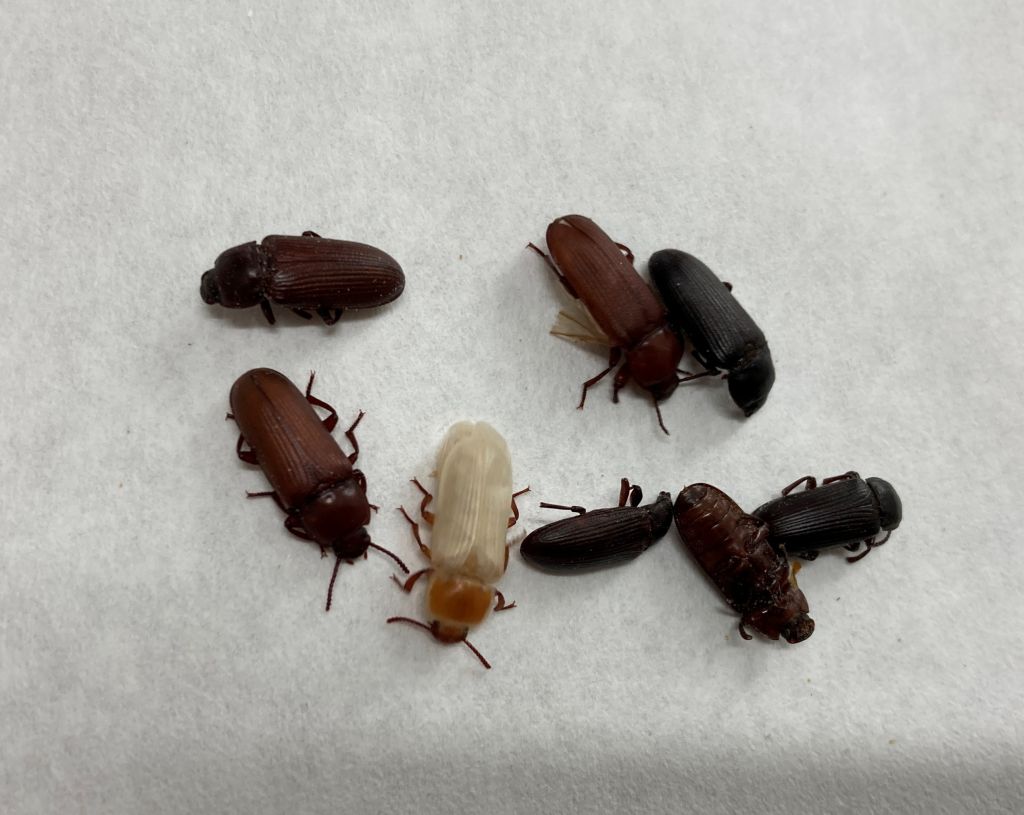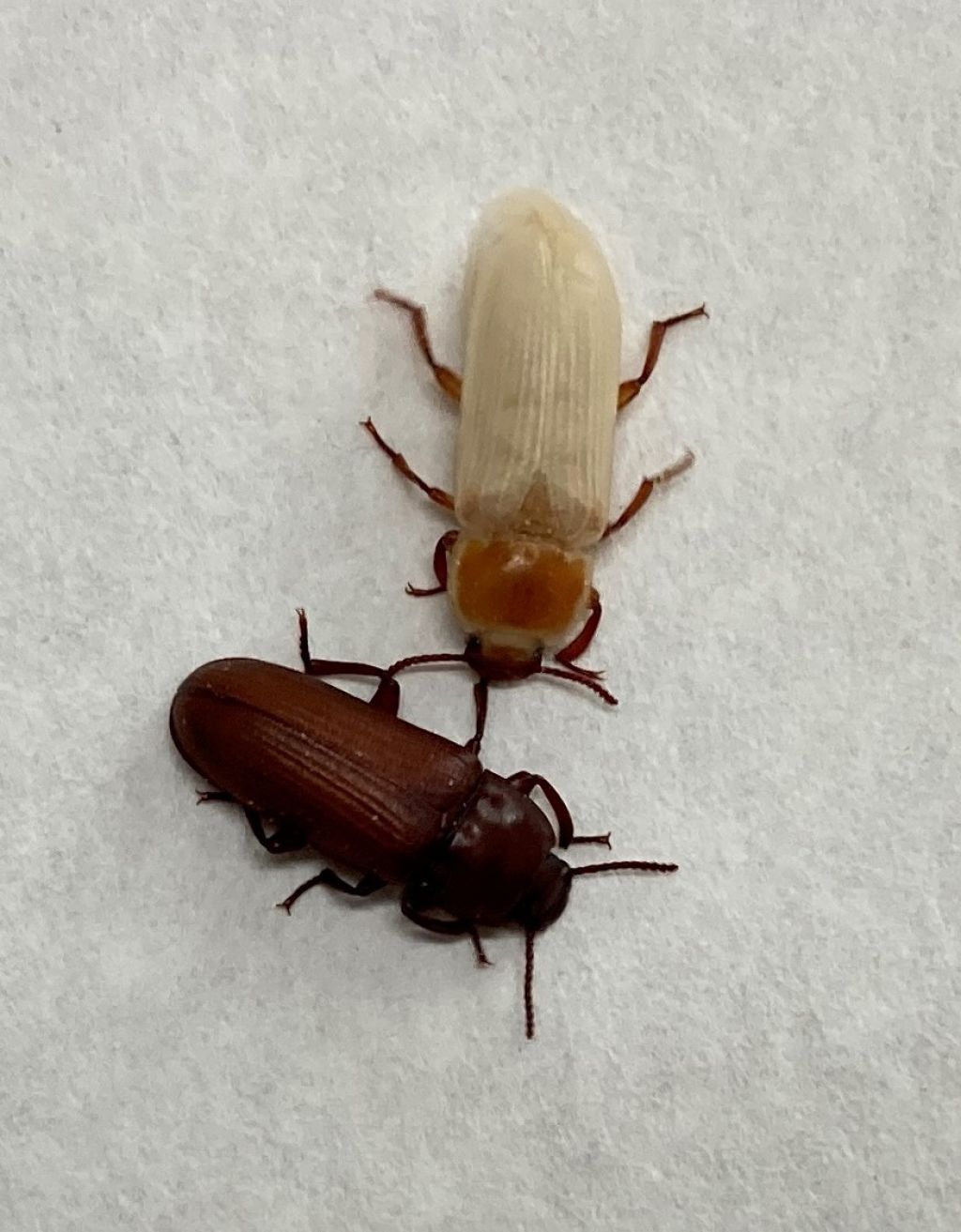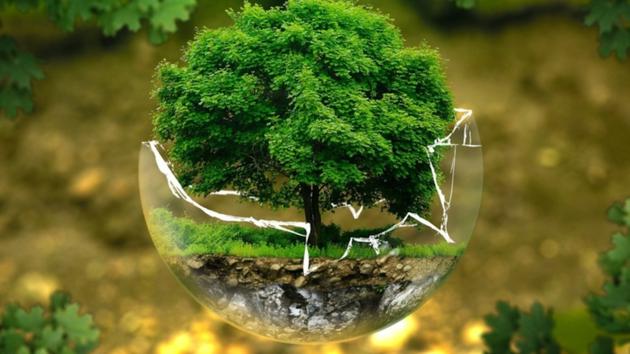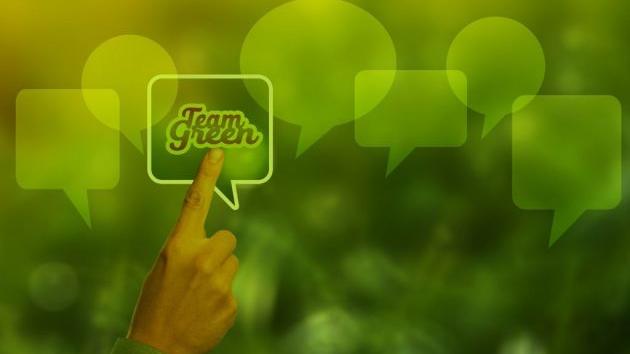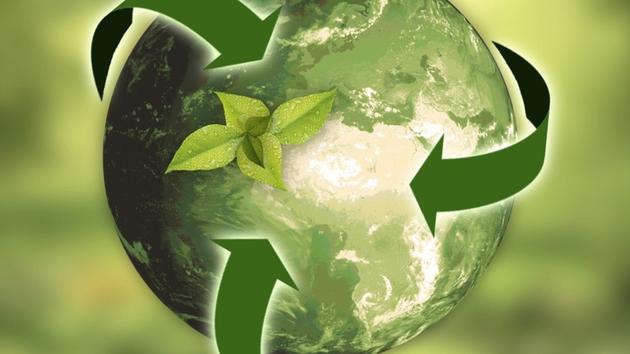Innovation from Serbia: How Insects Can Help Us Degrade Plastic
Source: eKapija
 Tuesday, 30.05.2023.
Tuesday, 30.05.2023.
 12:53
12:53
 Tuesday, 30.05.2023.
Tuesday, 30.05.2023.
 12:53
12:53
(Photo: Pixabay/Andrew Martin)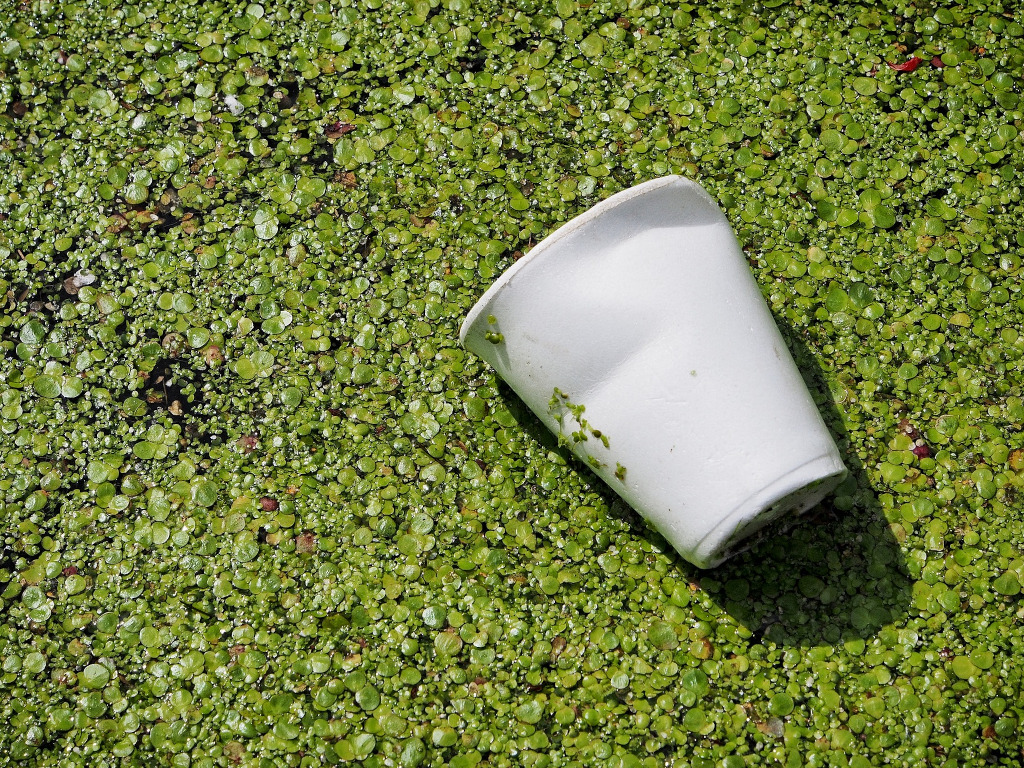

Boris Vasiljev of Belinda Animals points out for the eKapija portal that plastic waste is an increasing burden on the environment, which leads to the need to find new solutions for its removal. According to him, for years back, it has been well known that some insect species have the ability to degrade various types of waste, and larvae of the mealworm (lat. Tenebrio molitor) can break down plastics, such as styrofoam, polyethylene, polyvinyl chloride, polyurethane.
– At the Institute for Biological Research “Sinisa Stankovic”, which is the partner on the project, this insect species is bred under laboratory conditions for decades now. Considering that this is a lab-environment, self-sustaining population of this insect species, in cooperation with the colleagues from the Institute, who already have the experience and the knowledge when it comes to breeding TeM® larvae on various types of plastic (styrofoam and household foil), we started the project “Biodegradation of Plastic – Forming of Incubator Center (Phase I)” – Vasiljev reveals.
The advantages of using larvae compared to bacteria and fungi
Considering the large amounts of plastic waste that are generated each year and the fact that a very small percentage of it is recycled, there is an increasing number of solutions for the biodegradation of plastic being developed in the world. According to our interviewee, compared to the biodegradation of plastic which involves some bacteria and fungi, the biodegradation of plastic which uses insects is fully environmentally sustainable and is the most cost-effective form of biodegradation, which requires no special conditions. In other words, the larvae eat the plastic along with other food, and with the help of the microorganisms in their digestion organs, they fully “process” it and use it for their growth and development. After they feed, no harmful matter is left in the larvae, nor is any plastic residue. Their excrement (frass) doesn’t contain plastic residue or any harmful matters either. If we take styrofoam (polystyrene) as an example, if it is eaten by larvae, they will “digest” it fully, and if we remove it using the usual method – incineration, around 3.96 kilograms of eCO2 is released into the atmosphere per 1 kilogram of styrofoam.
– As for using TeM® larvae, the advantage is that their populations are bred on a small space, with easily available food (wheat chaff, grain flakes, organic waste…), without the use of additives, pesticides, antibiotics, without major water and energy expenditures and with a great reduction of the emission of greenhouse gases (GHG) – Vasiljev notes.
By the end of the year, the phase of the intensive multiplication of the lair will last. Within the project, the first four air-conditioned chambers for the breeding of larvae procured, whereas an additional six will arrive in the June-September period. The biggest challenge in the realization of the project is that the TeM® larva cannot feed on plastic alone.
– We are adapting the composition of the substrate and the composition of the plastic in order to achieve a quick breeding of the larvae, a healthy population and the highest degree of decomposition possible, that is, having the larvae eat as much plastic as possible. And we are looking to make all this adjusted to the more modest ambient conditions for growing within agricultural properties – says Vasiljev.
Use of insects in animal feed should be allowed
Our interviewee notes that the TeM® larvae – Tenebrio molitor are rich with protein (45-60% of the dry mass), fats (30-45% of the dry mass), vitamins, omega 3, 6 and 9 fatty acids, fibers and minerals. As he says, these larvae are an excellent source of protein, so they can be used as animal feed, which is a crucial link in supply chains.
– The nutritive composition of this larvae is much better than the nutritive composition of the other components of animal feed, so the animals which are fed with TeM® larvae also show a better growth rate and health. On the other hand, other animal protein feed requires the use of large areas for their breeding, the consumption of a large amount of energy resources and water, with the considerably increased emission of GHG – Vasiljev says and adds that, in Serbia, there are currently no legal regulations which pertain to the use of insects in animal feed: – I expect that there will soon be a harmonization with the EU directives. For now, TeM® can only be used in individual agricultural properties. I believe that it is necessary to allow the use of insects in animal feed as soon as possible.
The potential users of TeM® larvae are individual agriculturists, poultry, pig and fish farmers, as well as crop, vegetable and fruit farmers, thanks to the frass, a quality organic fertilizer, and in the future, also animal feed factories.
– This project, just like every new and unusual idea, will probably encounter resistance from potential users at first. However, the obvious advantages of using TeM® larvae will attract a sufficient number of farmers for establishing an initial network of farms of this insect variety, and if we’re talking contribution to the environment, it has been estimated that the implementation of this initiative in only 1% of agricultural properties in Serbia would lead to a reduction of GHG emissions of 348,430 tons in a 20-year period – Vasiljev concludes.
_______________________
The project “Biodegradation of Plastic – Forming of Incubator Center (Phase I)” is one of the 16 business solutions for the acceleration of the green transition of the Serbian economy, which were selected as the best among the 140 propositions sent in response to the four Public Invitations opened within the initiative “EU for Green Agenda in Serbia” in 2022.
The new Challenge for Innovative Solutions for the Green Transition of the Serbian Economy opened in February this year and will remain open until the end of 2026, with the aim of supporting innovative solutions in all five areas of the Green Agenda for the Western Balkans.
_______________________
Companies:
 Institut za biološka istraživanja Siniša Stanković Beograd
Institut za biološka istraživanja Siniša Stanković Beograd
 UNDP Beograd
UNDP Beograd
Belinda animals doo Beograd
Tags:
Boris Vasiljev
biodegradation of plastic
mealworm larvae
Tenebrio molitor
plastic waste
insects as animal feed
individual agriculturists
Comments
Your comment
Most Important News
Full information is available only to commercial users-subscribers and it is necessary to log in.
Follow the news, tenders, grants, legal regulations and reports on our portal.
Registracija na eKapiji vam omogućava pristup potpunim informacijama i dnevnom biltenu
Naš dnevni ekonomski bilten će stizati na vašu mejl adresu krajem svakog radnog dana. Bilteni su personalizovani prema interesovanjima svakog korisnika zasebno,
uz konsultacije sa našim ekspertima.


 Izdanje Srbija
Izdanje Srbija Serbische Ausgabe
Serbische Ausgabe Izdanje BiH
Izdanje BiH Izdanje Crna Gora
Izdanje Crna Gora


 News
News







